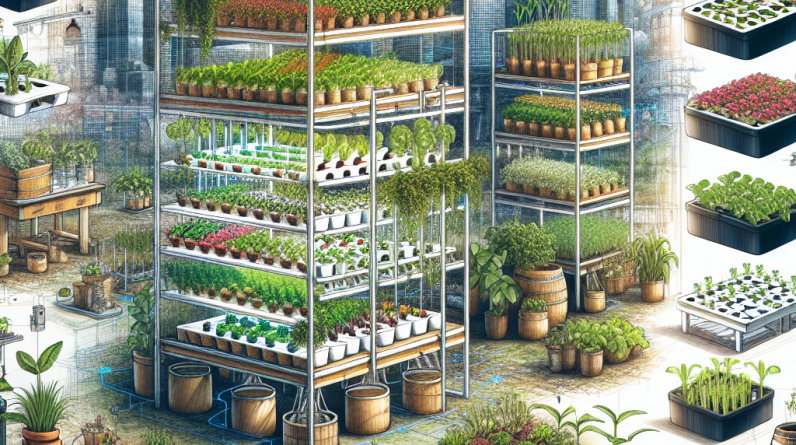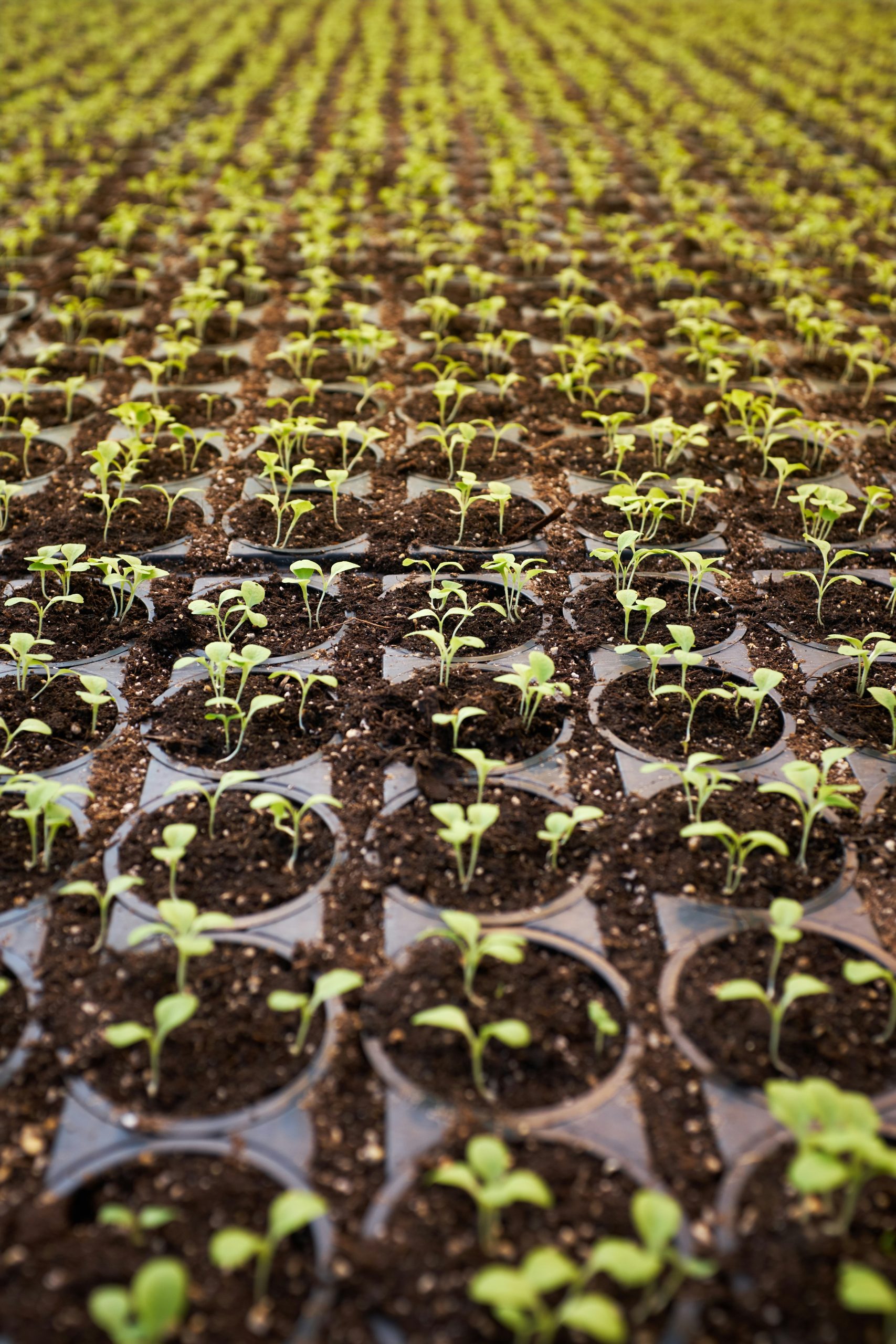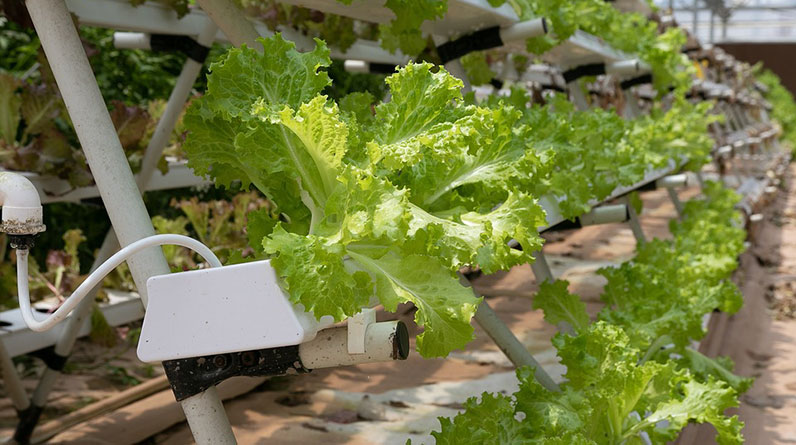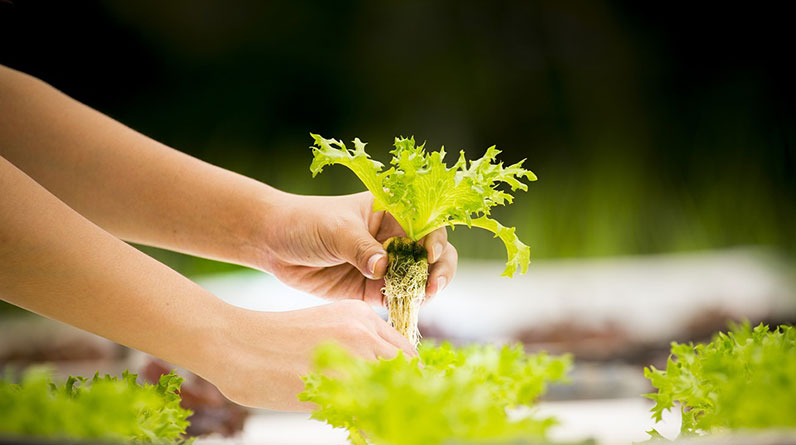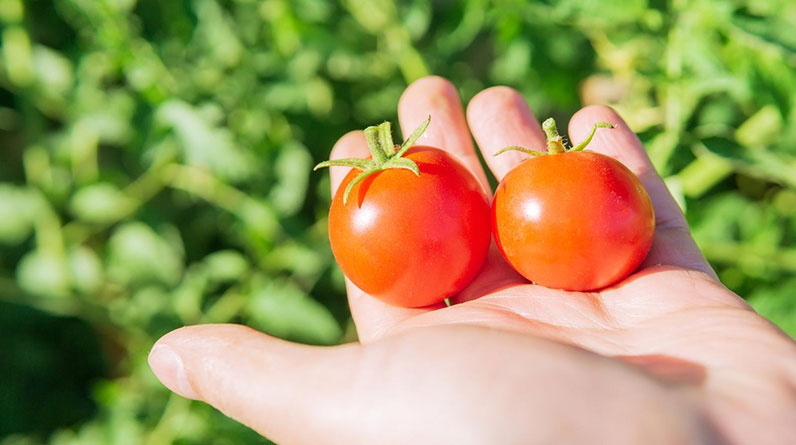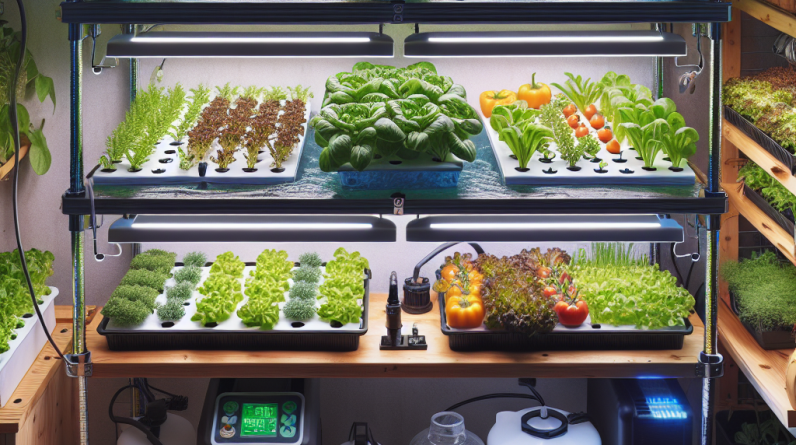
Understanding Hydroponics
What is Hydroponics?
So, let’s kick things off by breaking down what hydroponics really is. Essentially, it’s growing plants without soil. I know, right? It seems wild, but trust me, it’s way more common than you’d think! Instead of soil, plants are grown in a nutrient-rich water solution, allowing them to soak up everything they need directly. This method promotes faster growth and can be incredibly efficient in terms of water usage.
I remember when I first learned about hydroponics; it just blew my mind. It’s like having a mini science experiment right in your hands. You can grow herbs, veggies, and even flowers—all without traditional gardening hassles. Plus, you have more control over the nutrients your plants receive.
With hydroponics, the roots of the plants are submerged in water, so they’re constantly fed a mix that helps them thrive. It’s pretty cool to be able to manage everything right from your home, turning your living space into a mini-ecosystem!
Benefits of Hydroponics
One major perk of hydroponics is the speed at which plants can grow. I mean, who wouldn’t want their fresh basil to sprout faster? Hydroponically grown plants often reach maturity earlier than those grown in soil. Additionally, you can grow in smaller spaces. If you live in an apartment or don’t have a backyard, this is such a game-changer!
There’s also the factor of reduced pests and diseases, which, let’s be honest, is a huge win when you’re trying to enjoy your homegrown goodies. It’s like you’re giving those pests a one-way ticket out of your life!
Lastly, let’s talk sustainability. Hydroponics can save significant amounts of water compared to traditional agriculture. This method could be a step forward in tackling environmental issues, something we all need to consider nowadays.
Types of Hydroponic Systems
Now that we’ve covered the basics, let’s dive into the different types of hydroponic systems. You’ve got options! There are deep water culture, nutrient film technique, aeroponics, and more. Each has its own flair and setup requirements.
Deep water culture is one of my favorites—your plants float on top of a nutrient-rich oxygenated water solution. It’s like they’re lounging in a spa! Then there’s the nutrient film technique, where the roots sit in a slight film of water, and they get a steady supply of nutrients as they grow. It’s efficient and super cool to watch!
If you’re feeling adventurous, aeroponics might catch your interest. Here, the roots are suspended in the air, and misted with nutrients. It feels a bit futuristic, doesn’t it? Each method has its own charm, so picking one depends on what suits your space and gardening style best.
Gathering Materials
What You’ll Need
Alright, let’s break it down. To get started, you’ll need some basics. First, you’ll need a container for your plants—this can range from a simple plastic bin to a more complex system. I started with a storage tote! It doesn’t have to be fancy at all; just functional.
Then, of course, there’s the growing medium. You’ll want something like clay pellets, rock wool, or coconut coir. I experimented with a few options before settling on clay pellets because they provide great drainage and aeration, which my plants love!
Don’t forget the nutrients! You can buy hydroponic nutrient solutions specifically designed for this sort of gardening. It’s trial and error when it comes to finding the right blend, but you’ll get the hang of it in no time!
Essential Tools
Beyond the basics, you’ll want to gather a few tools to make your life easier. A pH meter is handy, trust me. It helps you keep an eye on the acidity of your nutrient solution, which can make or break your plant’s success. I initially ignored this and learned my lesson the hard way.
A good timer for your lights is also a must! If you’re using grow lights, it’s super important to mimic natural light cycles to help your plants grow optimally. I just love watching my little setup flourish under the glow of those lights.
And of course, a solid water pump is crucial if you’re opting for a more advanced hydroponic system. It keeps that nutrient-rich water moving around, ensuring your plants receive everything they need.
Setting Up Your System
Now comes the fun part—setting it all up! After gathering your materials, you’ll want to clean your container thoroughly. A clean start is key, my friends. Then, depending on the type of system you choose, set up your growing medium. I typically fill my container with a few inches of clay pellets and get ready to pop in some seedlings!
Next, mix your nutrient solution according to the directions, and pour it into your container. This is where the magic happens. You’ll want to ensure that the roots are covered but not drowning. I love getting my hands a little dirty at this stage; it gives me that fruitful gardening vibe.
Once everything’s set, place your container in a well-lit area or under grow lights. I always keep an eye on my plants at this stage; there’s nothing more exciting than sprouting new growth! Plus, monitoring the water level and nutrient balance is a vital part of the process!
Maintaining Your Hydroponic Garden
Routine Care
Keeping up with your hydroponic garden is where the real commitment comes into play. I usually check on my plants daily—just to make sure they’re happy. This might mean adjusting lights, checking water levels, and sometimes tweaking the nutrient solution.
Water levels can drop faster than you think, especially if you have a few hungry plants. I always keep a backup solution on hand so I can top them up quickly. Regular maintenance prevents any nasty surprises down the road!
You’d be surprised how often you’ll want to inspect for pests or diseases. Hydroponics tends to have fewer issues since soil isn’t involved, but monitoring is still a must. A vigilant gardener is a successful gardener!
Monitoring Growth
Documenting your plants’ growth is a great way to spot trends and understand what works best! I keep a little journal where I note down changes and observations. It’s like having my own little lab report. This helps track which nutrient mixes yield the best results for specific plants.
Plus, I love taking pictures! Watching the transformation from tiny seedlings to full-blown plants is incredibly rewarding. You’ll be amazed at how quickly they thrive under your care.
Adjusting your routine based on these observations makes your gardening game stronger. If something isn’t working, it’s all about trial and error—don’t stress, you’ve got this!
Harvest Time!
Finally, we reach the best part: harvest time! Once your plants are ready, it’s time to reap the rewards of your hard work. I usually get really giddy when I see that my crops are ready. Snipping fresh basil or crisp lettuce right from your setup is truly a magical experience.
Be sure to follow the right harvesting methods for each type of plant—some need a gentle hand while others can be snipped with confidence! I love involving friends and family during harvest. It feels like a mini celebration.
And the joy of enjoying your homegrown produce? Totally worth every moment spent setting up and maintaining that hydroponic system. Trust me, you’ll want to keep going once you taste the fruits of your labor!
Frequently Asked Questions
What type of plants can I grow hydroponically?
Almost any plant can be grown in a hydroponic system, but herbs, lettuce, and other leafy greens are particularly popular. If you’re just starting, I’d recommend sticking with these as they tend to thrive better in hydro setups!
Do I need special lights for hydroponics?
While natural sunlight can work, using grow lights is a great way to ensure your plants get the right amount of light, especially during darker months. It makes a significant difference in growth rates!
How often do I need to change the water in my hydroponic system?
It’s generally a good idea to change the water every couple of weeks. However, you can top it off as needed—keep an eye on the water levels and nutrient concentrations, adjusting as your plants grow.
Is hydroponics difficult for a beginner?
Not at all! While there’s a learning curve, hydroponics isn’t overly complicated. Start small, gather your materials, and be patient with yourself. You’ll learn as you go!
Can I set up a hydroponic system indoors?
Absolutely! Many enthusiasts do just that, especially if space is limited. Just make sure your setup gets enough light—whether from natural sources or grow lights—and you’ll be good to go!



